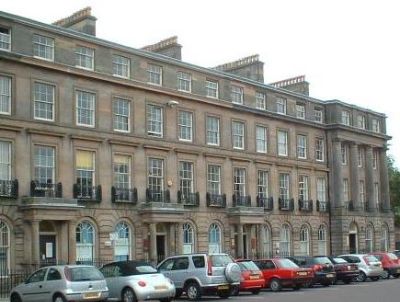


Egerton House offices

Our new offices at Egerton House offer a vast range of facilities including meeting and conference rooms and improved access and parking.
Egerton House, originally known locally as the Interchange Warehouse, stands on the south quay of Egerton Dock and is the only original building remaining on the dockside. The Egerton name comes from a prominent Chester MP of the 19th century by the name of Sir Philip de Malpas-Grey Egerton. The building was constructed and opened in 1874 as an important warehouse linking sea-going freight services with the LNWR and Great Western Railways.
Over the years it stored a wide variety of produce but it was the involvement Egerton House in the West Indies banana trade that gave rise to its local name of the "Banana Warehouse". Throughout the early 1900's the warehouse was fully utilised and the busy docklands and marine related engineering sector was very much the driving force behind Wirral’s economy.
It appeared that the Interchange Warehouse might be demolished but this was avoided when the local training and enterprise Council, CEWTEC, agreed with MDC to repair and extend the building and fully refurbish it as a flag ship business centre.
By 1994 the building, now renamed Egerton House, was refurbished and substantially adapted to create the modern high quality business centre that exists today. This was an ambitious and visionary project and involved the preservation of much of the original structure including the vaulted ceilings and impressive iron colonnades.
The surrounding Twelve Quays area has now attracted many other exciting projects including the Liverpool John Moores University Astrophysics Research Institute, Telescope Technologies Limited, Wirral Metropolitan College Campus, Swedish company Sab Wabco, Tipografic, and the £28m development of a hi-tech river ferry terminal providing daily crossings between Wirral, Belfast and Dublin.
Hamilton Square Birkenhead
Hamilton Square was the dream of William Laird, the great shipbuilder. He wanted a fine square to be the centre of his Birkenhead, city of the future.
Between 1825 and 1844 the elegant houses around the square were constructed, with the area between Brandon Street and Mortimer Street earmarked as the site for the Town Hall.

